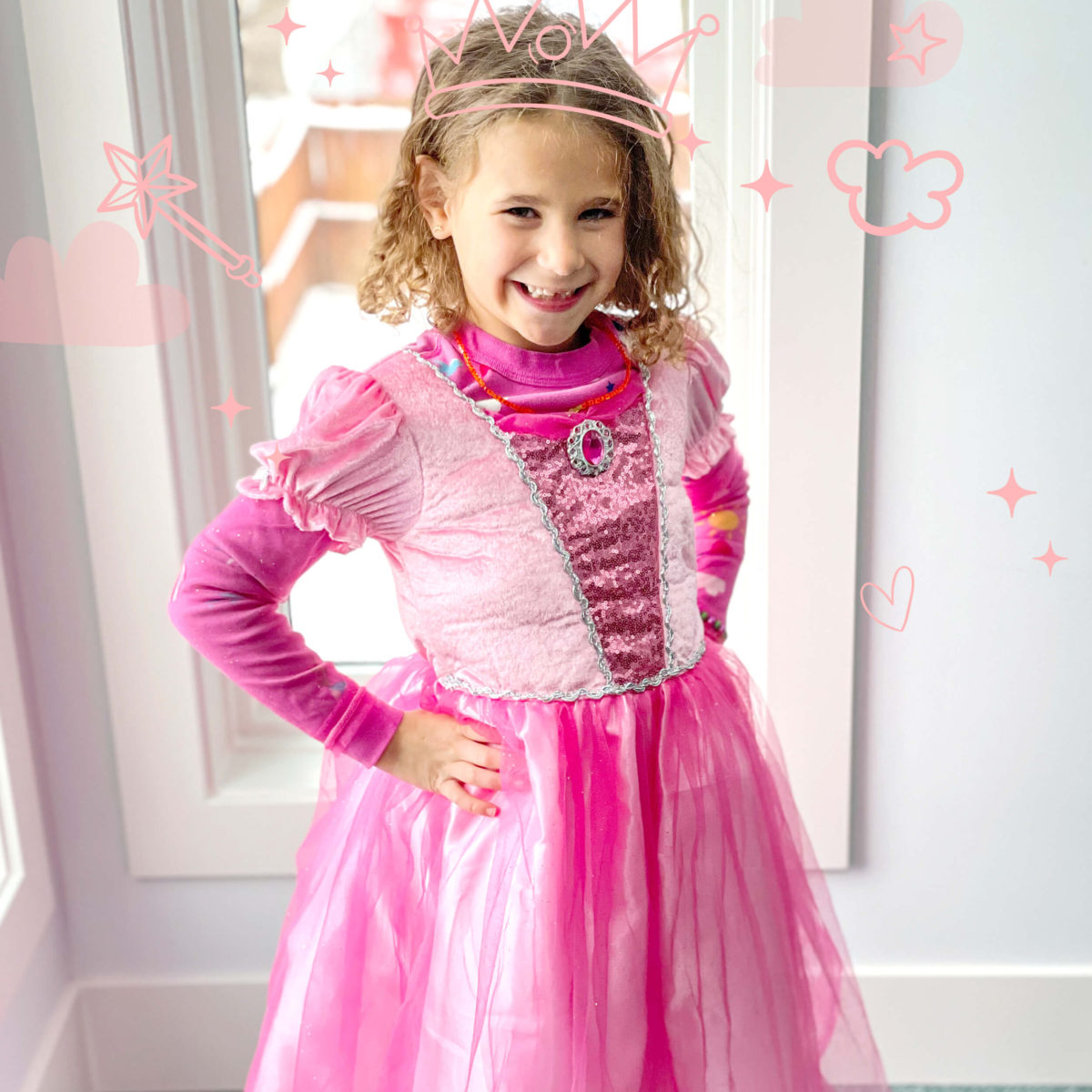How Do I Know If My Child Needs Weighted Tools?
As parents, we strive to provide our children with the tools and support they need to thrive in every aspect of their lives. However, navigating the complexities of sensory processing issues can sometimes leave us feeling uncertain about the best ways to help our little ones. If you’ve noticed your child struggling with sensory issues, you may be wondering if weighted tools could be a beneficial solution. In this blog post, we’ll explore the concept of sensory processing and discuss how weighted tools can support children who may benefit from additional sensory input.
Understanding Sensory Processing
Before diving into the benefits of weighted tools, let’s first discuss sensory processing and what it entails. Sensory processing refers to the way our nervous system receives, interprets, and responds to sensory information from the environment. This includes sensory inputs such as touch, sound, sight, taste, and smell. For most individuals, sensory processing occurs seamlessly, allowing us to navigate the world around us with ease. However, for some children, sensory processing difficulties can disrupt their daily functioning and impact various aspects of their lives.
Children with sensory processing issues may experience hypersensitivity (over-responsiveness) or hyposensitivity (under-responsiveness) to sensory stimuli. For example, a child with tactile hypersensitivity may be overly sensitive to certain textures or fabrics, while a child with proprioceptive hyposensitivity may seek out deep pressure or heavy work activities to regulate their sensory system.
Signs Your Child Might Benefit from Weighted Clothing
So, how do you know if your child might benefit from weighted tools? Here are some signs to look out for:
Sensory Seeking Behaviors: Does your child constantly seek out deep pressure activities, such as crashing into furniture or seeking tight hugs?
Difficulty Regulating Emotions: Does your child struggle with emotional regulation, experiencing frequent meltdowns or difficulty calming down after a sensory overload?
Poor Attention and Focus: Does your child have difficulty maintaining attention and focus, particularly in environments with high sensory input?
Sleep Disturbances: Does your child have trouble falling asleep or staying asleep throughout the night due to sensory sensitivities?
Motor Coordination Challenges: Does your child struggle with motor coordination or appear clumsy, possibly due to difficulties processing proprioceptive input?
How Weighted Tools Can Help
Weighted tools works by providing gentle, constant pressure to the body, which can have a calming and organizing effect on the sensory system. This deep pressure input helps children regulate their sensory system, improve body awareness, and increase attention and focus. Additionally, weighted tools can provide a sense of security and comfort for children who may feel overwhelmed by sensory stimuli in their environment.
By wearing weighted tools during daily activities, children can receive the sensory input they need to feel grounded and centered, allowing them to better participate in school, social interactions, and other daily routines. Weighted vests, hoodies, costumes, blankets, lap pads, and even weighted stuffed animals can all be effective options for providing deep pressure input throughout the day.
Conclusion
In conclusion, understanding your child’s sensory needs is key to providing them with the support and tools they need to thrive. If you’ve noticed signs that your child may benefit from additional sensory input, exploring the use of weighted clothing could be a beneficial option. By providing gentle, constant pressure to the body, weighted tools can help children regulate their sensory system, improve attention and focus, and increase overall comfort and well-being. If you’re considering incorporating weighted tools into your child’s routine, be sure to consult with a qualified occupational therapist to determine the most appropriate options for your child’s individual needs.
Remember, every child is unique, and what works for one may not work for another. By listening to your child, observing their behaviors, and seeking professional guidance when needed, you can help support their sensory processing needs and empower them to thrive in their daily lives.
———————————————————————————————————————
In this blog post, we’ve discussed the concept of sensory processing and how weighted tools can support children who may benefit from additional sensory input. If you found this information helpful, we invite you to explore our range of weighted products designed to meet the unique needs of children with sensory processing difficulties. Together, we can create a more sensory-friendly world where every child has the opportunity to reach their full potential.

